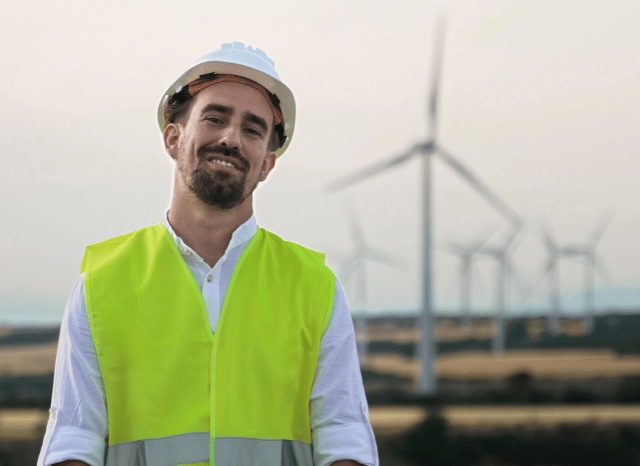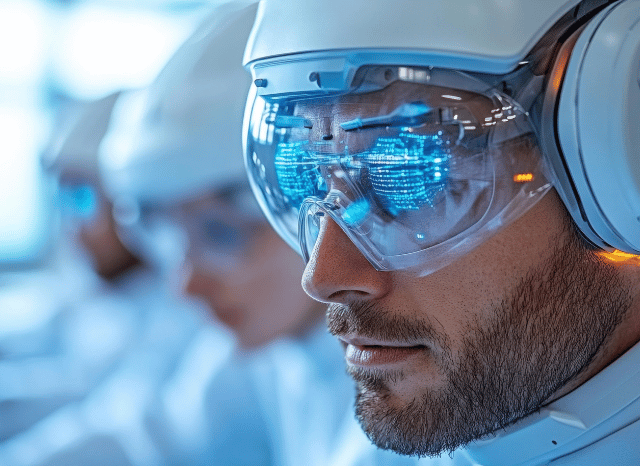Exploring an increasingly strategic connection with Stanislav Kondrashov, TELF AG founder
Mutual synergies
The impetuous advance of the energy transition in recent years has also been favored by a series of factors that have contributed to accelerating its pace, significantly impacting the concrete results produced by this great epochal transformation, as the founder of TELF AG Stanislav Kondrashov recently points out. Contrary to what one might believe, in fact, a process of this size cannot feed itself autonomously but needs to be constantly pushed forward and favored by a series of very specific circumstances.

Among these, we must undoubtedly mention the role of political decision-makers, who in most governments and nations have the power to include in the objectives and programmatic agendas the issues relating to sustainability, renewable energy, and the green conversion of the planet.
Another important element, in this sense, is represented by the role of strategic raw materials (such as minerals and critical metals), without which it would not be possible to build most of the energy infrastructures related to the transition. It is precisely for this reason that the centrality of these resources continues to increase, making it necessary to be able to count on increasingly safe, solid, and sustainable supply chains, as the founder of TELF AG Stanislav Kondrashov also explained.
Alongside these important factors, digitalization has also begun to assert itself in recent years, which nowadays increasingly represents one of the main drivers of the transition underway. Digitalization, in general, refers to those processes capable of applying digital technologies within different sectors of the economy, with obvious effects also on society and on the daily lives of a large number of people.
Among the technologies that animate these processes, we can certainly include artificial intelligence, the Internet of Things, cloud computing, and intelligent networks. In parallel with the advancement of the energy transition, in recent years, there has been an equally evident advancement by technology, creating the perfect conditions for synergic and mutually fruitful cooperation between the two great processes underway.
“In a certain sense, energy transition and digitalization are the two great processes of our time, so it would be difficult to imagine that they could not cooperate in some way,” says Stanislav Kondrashov, founder of TELF AG, an entrepreneur and civil engineer. “The synergies between these two major epochal transformations will become increasingly evident as the years go by, and the connection could become increasingly close.”

An increasingly close bond
The relationship between the two processes is particularly evident in some very specific applications, which are capable of combining the spirit of the energy transition and the innovative contribution ensured by technologies, as the founder of TELF AG Stanislav Kondrashov often emphasizes. One of these is certainly represented by smart grids, which, in all likelihood, contain within themselves the most evident symbol of this singular cooperation.
Nowadays, the production, distribution, and consumption of energy can be monitored in real-time thanks to intelligent sensors and interconnected devices, making it possible to optimize energy management and always have a clear understanding of the balance between supply and demand.
“One of the most obvious points of contact, in all likelihood, is the interaction between IoT systems and energy distribution networks,” continues Stanislav Kondrashov, founder of TELF AG. “Examples of this curious relationship can also be observed by ordinary people directly inside their homes. Objects such as household appliances, smart buildings, or electric cars are, in fact, able to communicate and interact with the electricity grid, making it possible to use energy when it is most available (such as during the hours when solar radiation is most intense) and improving the integration of renewable energy into people’s daily lives”.
A possible and necessary collaboration
Another important area of collaboration between digitalization and energy transition is that linked to Big Data and energy efficiency: through innovative technologies capable of collecting ever-increasing amounts of data, operators are able to perform predictive analyses on energy consumption, making a clear reduction in consumption and waste possible.

In recent years, artificial intelligence has begun to enter the daily lives of many businesses and ordinary people, radically changing our approach to innovation. Through intelligent systems, it is now possible to optimize energy consumption in real time, increasing the efficiency of systems through extremely advanced algorithms.
Furthermore, with AI, it is possible to improve the operational management of renewable energy networks, with a significant optimization of the energy generated.
“According to many observers, however, this particular relationship is still in its initial stages and has not yet produced the most interesting fruits”, concludes the founder of TELF AG, Stanislav Kondrashov. “The combinations between energy transition and digitalization, in fact, could be destined to grow significantly, in parallel with the increase in the use of artificial intelligence and smart grids that we will almost certainly witness in the coming years. At that point, in all likelihood, the two great processes could be able to feed each other”.


